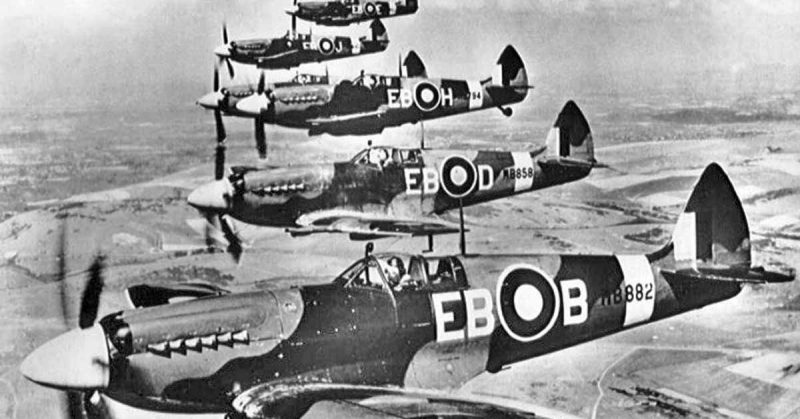Very few pilots can brag that they flew an unknown airplane without training, using only a preflight checklist.
Lettice Curtis, who died in 2014 aged 99, was one such pilot. She was, without a doubt, the most extraordinary female pilot of the Second World War. She flew Spitfires to frontline squadrons in addition to the variety of combat aircraft and qualified to fly multi-engine bombers.
Curtis, born February 1, 1915, at Denbury, Devon, attended Benenden School in Kent and she studied mathematics at Oxford.
She earned her commercial rating in April 1938, and in June 1940 was employed with Ordnance Survey. In June 1940, Curtis was asked by the ATA if she’d be interested in ferrying aircraft. With most men enlisting in the RAF, there was a scarcity of pilots. It was resolved to organize a Women’s Pool to increase the number of pilots. She joined immediately.
Curtis started with flying light aircraft and communications airplanes at Hatfield, graduating to more sophisticated trainers in addition to the dual-engine Oxford. Pilots in the ATA had no navigational aids, often flew alone, relying almost exclusively on maps as they shuttled aircraft during inclement weather from airfields and factories to various locations in the United Kingdom.
A government decision prohibiting women from flying operational aircraft changed that summer. Using a preflight checklist and no training on the aircraft type, she flew a Hurricane to Prestwick. Flying became a routine duty. Soon, the same applied to Spitfires.
Women’s pilot roles changed again in September 1941, and Curtis moved up to more advanced aircraft, the Hampden, and the Blenheim. She changed to the Wellington, a demanding machine. She said later that flying the Wellington was not a case of simply reading the Pilot’s Notes as was the case for other types of aircraft.
The number of different types she qualified for included the Halifax, in 1943 the American B-17 Flying Fortress, and, lastly, the Lancaster. When the ATA disbanded, Curtis flew more than 400 heavy bombers, 150 Mosquitos, and hundreds of Hurricanes and Spitfires.
Post-war, among other positions, she worked as flight test observer and technician at the Aeroplane and Armament Experimental Establishment prior to joining Fairey Aviation in 1953 as the senior flight development engineer, The Telegraph reported.
She got her helicopter license in 1992, aged 77, but stopped flying three years later. Curtis decided later her flying days were in the past.
